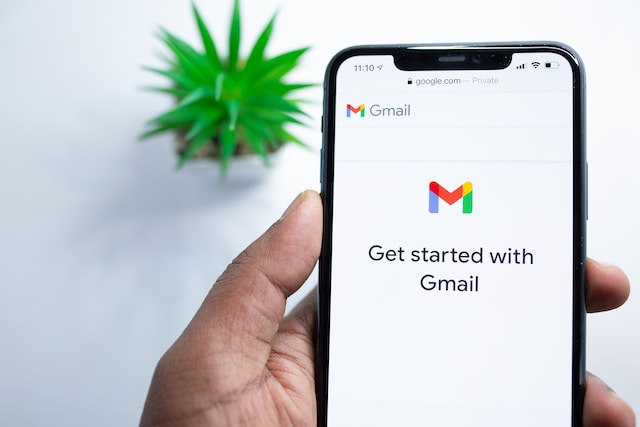Google’s New Policy to Delete Inactive Accounts
In a digital age where online security is paramount, Google has introduced a significant policy change that could affect countless users. This update revolves around the deletion of inactive accounts, aiming to enhance security and reduce potential risks. This article will delve into the details of Google’s new policy, its implications for users, and what steps you can take to safeguard your account and data.
The Motive Behind Google’s Policy Change
Online security threats such as spam, phishing scams, and account hijacking have been a constant concern for both users and tech companies. While Google has implemented numerous measures to protect its users, inactive accounts have emerged as potential weak points in the security ecosystem.
Inactive accounts often exhibit the following vulnerabilities:
- Outdated or Reused Passwords: These accounts frequently rely on old or reused passwords that may have been compromised.
- Absence of Two-Factor Authentication: Inactive accounts typically lack the added layer of security provided by two-factor authentication.
- Reduced User Security Checks: Users tend to perform fewer security checks on dormant accounts, making them attractive targets for malicious actors.
Google’s internal analysis underscores the gravity of this issue, revealing that abandoned accounts are at least 10 times more likely to lack 2-step verification compared to active accounts. Consequently, they become prime targets for a range of threats, from identity theft to becoming conduits for spam and malicious content.
Google’s Proactive Step: A 2-Year Inactivity Threshold
In response to these concerns, Google is rolling out an update to its inactivity policy for Google Accounts. Commencing later this year, Google will enforce a 2-year inactivity threshold across its products. If a Google Account remains unused or unlogged into for a duration of 2 years or more, it may be subject to deletion, along with its contents, which include data stored in Google Workspace (Gmail, Docs, Drive, Meet, Calendar) and Google Photos.
This policy alteration exclusively pertains to personal Google Accounts and will not affect accounts associated with organizations, such as schools or businesses. This strategic shift aligns Google’s data retention and account deletion practices with industry standards and further shortens the duration for which Google retains your unused personal information.
A Thoughtful Implementation
Google is proceeding with this update methodically and with transparency:
- Although the policy takes effect today, users with inactive accounts will not experience immediate repercussions. The earliest Google will commence deleting such accounts is in December 2023.
- The deletion process will initiate with accounts that were created but have never been used since.
- Google will proactively send multiple notifications over the months leading up to account deletion. These notifications will be dispatched to both the account’s primary email address and the designated recovery email address, if one has been provided.
Keeping Your Account Active
Ensuring the continuity of your Google Account is as straightforward as signing in at least once every 2 years. Account activity encompasses various actions, including:

- Reading or sending an email
- Using Google Drive
- Watching a YouTube video
- Downloading an app from the Google Play Store
- Using Google Search
- Employing “Sign in with Google” to access third-party apps or services
Existing subscriptions tied to your Google Account, such as Google One, a news publication, or an app, also count as account activity and will shield your account from deletion. Google currently has no plans to delete accounts with YouTube videos.
Safeguarding Your Data
Google encourages users to provide a recovery email at sign-up and to ensure it remains up-to-date in their account settings. Furthermore, Google offers a suite of free tools to manage your account and data:
- Takeout: This feature enables you to download and export your data to other platforms, preserving your information.
- Inactive Account Manager: Users have the autonomy to decide the fate of their account and data when it remains inactive for up to 18 months. Options encompass sending specific files to trusted contacts, applying a Gmail autoresponder, or choosing to delete the account entirely.
Today’s update underscores Google’s unwavering commitment to advancing account security while respecting user privacy. Google remains dedicated to keeping your private information private, and this policy alteration is a significant stride towards that objective




